Don't worry no one is born knowing everything about SO. Considering the data you gave, specially that 'Vector:...' is not separated by '\n', the following works:
import pandas as pd
import numpy as np
data = pd.read_excel("the_data.xlsx")
ok = []
l = len(data['Details'])
for n in range(l):
x = data['Details'][n].split()
x[2] = x[2].lstrip('Vector:')
x = [v for v in x if v not in ['Type:', 'Mission:']]
ok += x
values = np.array(ok).reshape(l, 3)
df = pd.DataFrame(values, columns=['Type', 'Vector', 'Mission'])
data.drop('Details', axis=1, inplace=True)
final = pd.concat([data, df], axis=1)
The process goes like this:
First you split all elements of the Details columns as a list of strings. Second you deal with the 'Vector:....' special case and filter column names. Third you store all the values in a list which will inturn be converted to a numpy array with shape (length, 3). Finally you drop the old 'Details' column and perform a concatenation with the df created from splited strings.
You may want to try a more efficient way to transform your data when reading by trying to use this ideas inside the pd.read_excel method using converters


